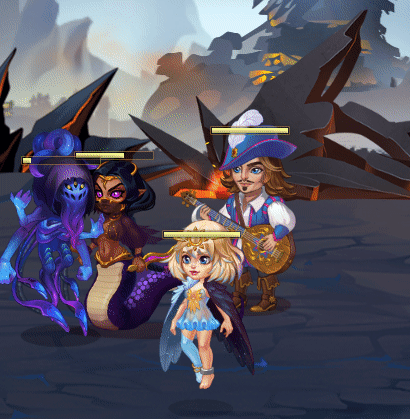Hero Wars Combat System FAQ: Mastering the Mechanics of Battle
Welcome to the ultimate guide on Hero Wars’ combat system! Whether you’re a new Guardian or a seasoned warrior, understanding the intricacies of battle mechanics is crucial for victory. This FAQ delves deep into hero skills, energy generation, team composition, and more to help you dominate the battlefield.
⚔️ Understanding Combat Outcomes
Why Did I Lose to a Weaker Team?
Hero power reflects resource investment, not battlefield efficiency. Several factors can lead to unexpected defeats:
- Counter-Heroes: Some heroes naturally counter others.
- Team Synergy: Effective combinations can outperform higher-powered teams.
- Randomness: Critical hits and dodges introduce variability.
Additionally, energy generation mechanics can favor lower-health heroes, allowing them to unleash powerful skills more frequently.
⚡ Energy Generation Mechanics
Understanding how heroes accumulate energy is vital:
- Basic Attacks or First Skill Use: +10% energy.
- Defeating an Opponent Hero: +30% energy.
- Health Loss: Gain 1% energy for every 1% of health lost.
- Dodging Attacks: Gain energy equivalent to the damage that would have been received.
For example, if Dante dodges an attack that would have caused 5% health loss, he still gains 5% energy.
Moreover, using a hero’s first skill activates their Artifact Weapon, granting a nine-second bonus to the entire team (4.5 seconds for Celeste).
Why Didn’t Astaroth Revive an Ally (or Himself)?
Astaroth’s Last Word skill lets him bring back a fallen teammate (or himself) with 1 HP and temporary invincibility. Once revived, the hero gradually regains health.
To see how much health is restored, check the Last Word skill in Astaroth’s Hero menu.
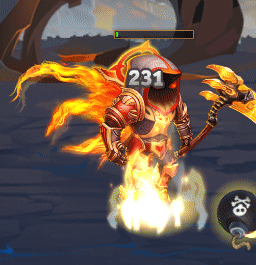
However, this resurrection can be interrupted by specific enemy abilities:

Celeste’s Cursed Flame turns healing into magic damage. If it hits the revived hero, they’ll die instantly after being resurrected.
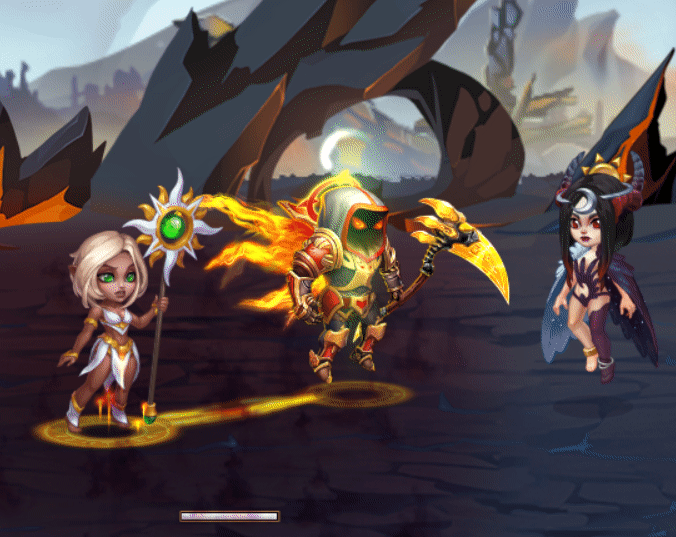
Amira’s Illusory Alliance creates a fake enemy that steals all buffs from Strength-based heroes — like Astaroth. This includes the invincibility from his revive, effectively blocking it.
Why Does a Lower-Powered Team Sometimes Win Battles?
A hero’s power rating doesn’t always indicate how effective they’ll be in a real fight. It mostly reflects how many upgrades and resources you’ve put into that hero.
Battle outcomes depend on more than just raw power — factors like hero synergy, enemy counters, critical hits, and dodges can drastically affect the result. Pay close attention to how your team interacts, and you may find that switching just one or two heroes makes all the difference.
Sometimes, using a team with less power can even be an advantage due to how energy generation works in combat.
How Heroes Gain Energy:

10% energy per basic attack or when using their first skill
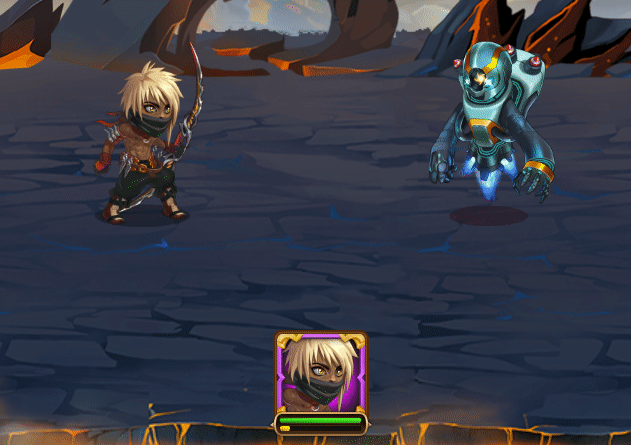
30% energy when they knock out an enemy

1% energy per 1% of health lost
If a hero dodges an attack, they still receive the same energy as if the hit landed — without taking any damage. For example, if Dante would have lost 5% HP and gained 5% energy from a hit but dodges it, he still gains the 5% energy.
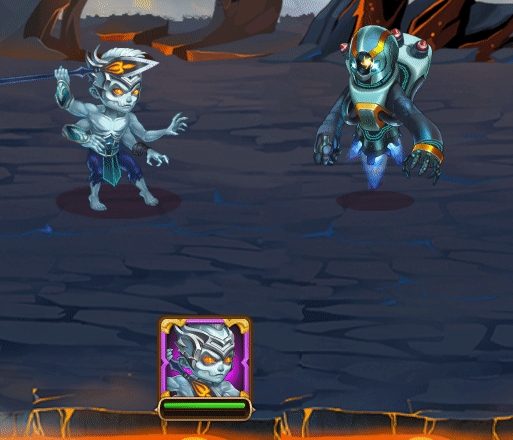
Low-defense heroes may actually build energy faster, allowing them to unleash their strongest skill sooner — which could swing the match.
Also, when a hero uses their first skill, it activates their Artifact Weapon, granting a 9-second bonus to the whole team.
Note: Celeste is the exception — her bonus only lasts 4.5 seconds.
Still, it’s crucial to maintain balance — weak heroes can be eliminated quickly by stronger foes.
Why Can’t My Full Team Beat a Team with Just One or Two Heroes?
Hero Wars allows for an incredible range of team combinations using heroes and pets. While teams with only 1 or 2 heroes might seem unbeatable, they often rely on specific mechanics or tricks.
These teams aren’t universally strong — you just need the right counter-strategy. No single team wins against everything. Try switching up your lineup and using different heroes tailored to the matchup.
Why Isn’t Dorian’s Initiation Skill Helping My Team?
Dorian’s Initiation boosts vampirism for allies near him — but it only works within his Vampirism Aura, a specific range around him.
In some game modes, the battlefield is larger or laid out differently, which can put allies outside of this aura. You can tell who’s inside the aura by looking for the glowing ring under their feet.
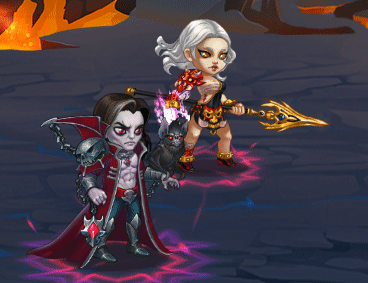
Allies within range show the circle

Allies out of range don’t have it
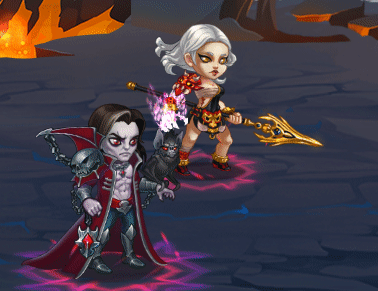
Even after Dorian is knocked out, his aura remains active — but its range doesn't expand.
Why Didn’t Sebastian Remove a Debuff from My Team?
Sebastian’s Ode to Serenity clears all active debuffs and applies a shield that blocks the next 15 debuffs.
But this shield has a limit. If the enemy throws multiple debuffs quickly, it can run out — and your team will start getting affected again. Keep an eye on how many debuffs the enemy team can apply.
Why Is Dante Taking No Damage?
When Dante uses his Instrument of Fate, he leaps into the air, becoming untargetable and immune to any direct effects or battlefield-based damage while in motion.
Other heroes with similar evasive skills include:
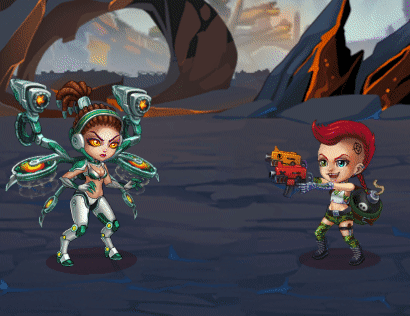
Arachne – Jumps out during her first skill
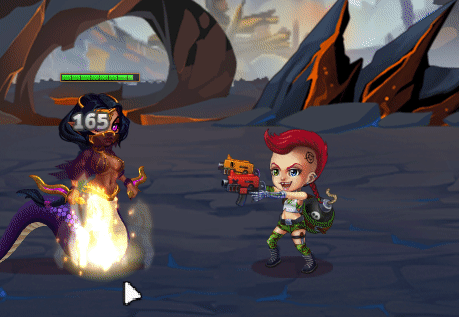
Yasmine – Disappears briefly during her attack

Elmir – Uses a clone trick to vanish and avoid effects
While off the battlefield, they’re untouchable by many enemy skills.
Why Didn’t Faceless or K’arkh Launch an Enemy into the Air?
This usually happens when Andvari is on the enemy team. His Living Earth skill stops displacement for both himself and the closest ally, rendering K’arkh’s and Faceless’s launch skills useless.
Another common reason is Celeste. When she activates her Purifying Sphere, it blocks displacement (along with other debuffs). If you see a glowing sphere above an enemy, they’re protected.
